Home>Gardening & Outdoor>Landscaping Ideas>How To Fix White Grass
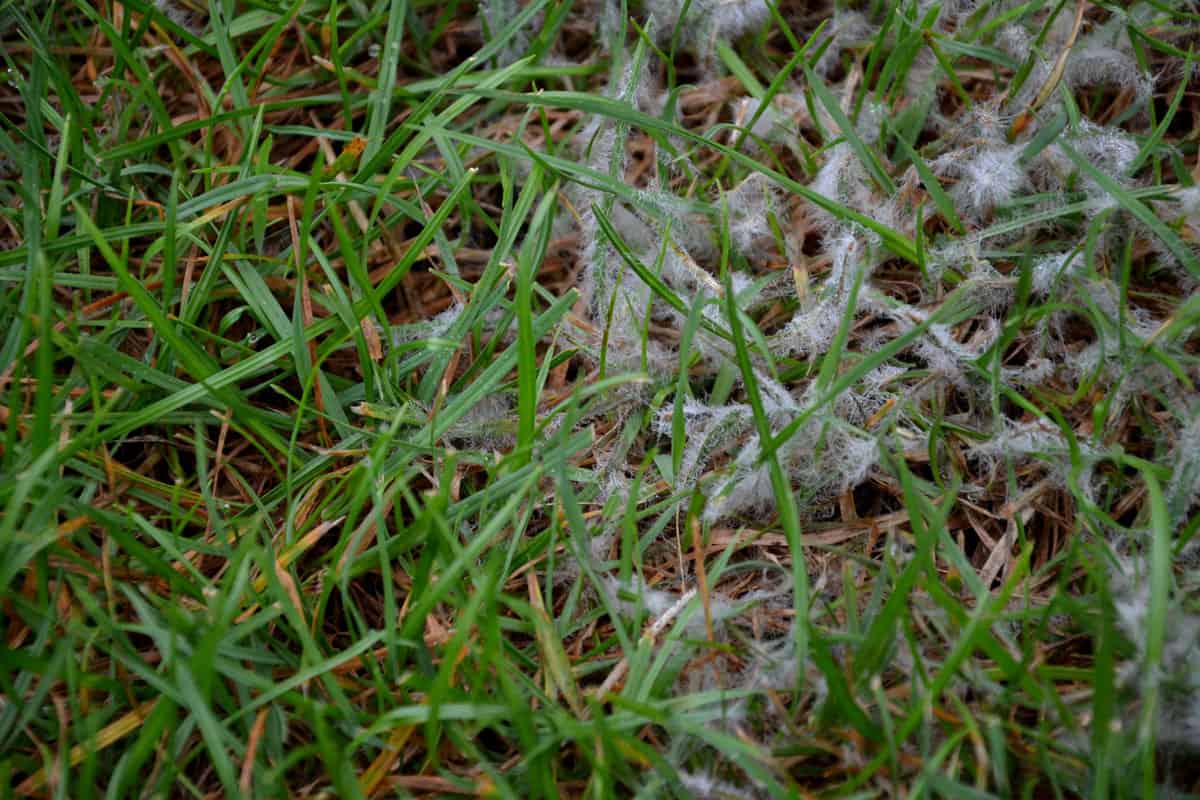

Landscaping Ideas
How To Fix White Grass
Modified: February 18, 2024
Learn effective landscaping ideas to fix white grass and revive your lawn. Discover expert tips for restoring the lush greenery to your outdoor space.
(Many of the links in this article redirect to a specific reviewed product. Your purchase of these products through affiliate links helps to generate commission for Storables.com, at no extra cost. Learn more)
Introduction
Welcome to the world of landscaping, where lush green grass is a sight to behold. However, the presence of white grass can be a cause for concern, as it detracts from the beauty of your outdoor space. Fear not, for there are effective ways to address this issue and restore the vibrancy of your lawn. In this comprehensive guide, we will delve into the causes of white grass and provide actionable steps to remedy this common problem. By understanding the underlying factors and implementing the right solutions, you can transform your lackluster lawn into a verdant oasis once more.
Key Takeaways:
- Combat white grass by aerating soil, treating fungal infections, adjusting watering, testing soil pH, and providing winter protection for a lush, vibrant lawn.
- Understanding causes like soil compaction, fungal infections, improper watering, soil pH imbalance, and winter desiccation is key to fixing white grass.
Read more: What Causes White Grass
Understanding the Causes of White Grass
White grass can be attributed to various factors, each of which may warrant a different approach to rectification. By identifying the root cause, you can tailor your solution accordingly for optimal results. Here are some common culprits behind the phenomenon of white grass:
- Compacted Soil: When the soil becomes compacted, it hinders the proper circulation of air, water, and nutrients to the grass roots. This can lead to a condition known as “dry patch,” where the grass appears white or straw-like due to insufficient moisture and nourishment.
- Fungal Infections: Certain fungal diseases, such as powdery mildew or dollar spot, can manifest as white patches on the grass blades. These infections thrive in humid conditions and can spread rapidly if left untreated.
- Improper Watering: Overwatering or underwatering your lawn can result in stress and discoloration of the grass. Inconsistent watering practices may cause sections of the grass to turn white as they struggle to cope with moisture fluctuations.
- Soil pH Imbalance: An imbalance in soil pH levels can impede the grass’s ability to absorb essential nutrients, leading to discoloration and poor growth. Acidic or alkaline soil conditions can contribute to the development of white or yellow patches in the grass.
- Winter Desiccation: During harsh winter conditions, grass can experience desiccation, where it becomes dehydrated and turns white or brownish. This is often exacerbated by cold winds and low temperatures, causing the grass to lose moisture rapidly.
By recognizing these potential causes, you can take targeted measures to address the specific issues affecting your lawn. In the following section, we will explore the steps to fix white grass, offering practical solutions to rejuvenate your outdoor landscape.
To fix white grass, check the soil pH and adjust if necessary. Apply a balanced fertilizer with nitrogen, phosphorus, and potassium. Water deeply and regularly, and consider overseeding with a more suitable grass type for your region.
Steps to Fix White Grass
Now that we have identified the potential causes of white grass, it’s time to delve into the actionable steps you can take to restore your lawn to its former green glory. By addressing the underlying issues and implementing targeted solutions, you can effectively fix white grass and promote healthy, vibrant growth. Here’s a comprehensive guide to help you rejuvenate your lawn:
- Aerate the Soil: Combat soil compaction by aerating the lawn to improve air and water penetration. This process alleviates dry patch conditions and promotes healthier root development, ultimately reducing the appearance of white grass.
- Treat Fungal Infections: If fungal diseases are responsible for the white patches on your grass, consider applying fungicides or natural remedies to combat the infection. Proper lawn maintenance practices, such as dethatching and improving air circulation, can also help prevent fungal issues.
- Adjust Watering Practices: Ensure proper watering by following a consistent schedule and monitoring the moisture levels in the soil. Deep, infrequent watering is generally recommended to encourage deep root growth and prevent surface dryness that can lead to white grass.
- Test and Amend Soil pH: Conduct a soil pH test to determine if your lawn requires adjustments. Based on the results, you can apply lime to raise the pH or elemental sulfur to lower it, promoting an optimal environment for healthy grass growth.
- Winter Protection: Shield your grass from winter desiccation by minimizing foot traffic on frozen turf and avoiding excessive deicing salt use. Consider applying a protective layer of mulch or a specialized winterizing treatment to safeguard the grass during the colder months.
By proactively addressing these steps, you can effectively combat white grass and foster a thriving lawn that enhances the beauty of your outdoor space. Remember to observe your lawn regularly and adjust your maintenance practices based on its specific needs, ensuring long-term health and vitality.
Conclusion
As a steward of your outdoor sanctuary, tending to the health and vibrancy of your lawn is a gratifying endeavor. The presence of white grass may initially raise concerns, but armed with the knowledge of its potential causes and effective remedies, you can confidently restore your lawn to its lush green state. By understanding the impact of soil compaction, fungal infections, watering practices, soil pH imbalance, and winter desiccation, you are better equipped to address these factors and revitalize your grass.
Implementing the recommended steps, such as aerating the soil, treating fungal infections, adjusting watering practices, testing and amending soil pH, and providing winter protection, will set your lawn on the path to recovery and sustained health. Embracing these proactive measures not only combats white grass but also fosters an environment where your grass can thrive and flourish.
Remember, the journey to a resilient and vibrant lawn is an ongoing commitment. Regular observation, thoughtful maintenance, and a deep understanding of your lawn’s unique needs will guide you in nurturing a landscape that exudes natural beauty and vitality. As you embark on this horticultural adventure, may your efforts yield a verdant oasis that enriches your outdoor experiences and captivates the senses of all who behold it.
With diligence, care, and a touch of green-thumb magic, the sight of white grass will be but a distant memory, replaced by the lush, emerald carpet you’ve always envisioned for your outdoor haven.
Frequently Asked Questions about How To Fix White Grass
Was this page helpful?
At Storables.com, we guarantee accurate and reliable information. Our content, validated by Expert Board Contributors, is crafted following stringent Editorial Policies. We're committed to providing you with well-researched, expert-backed insights for all your informational needs.
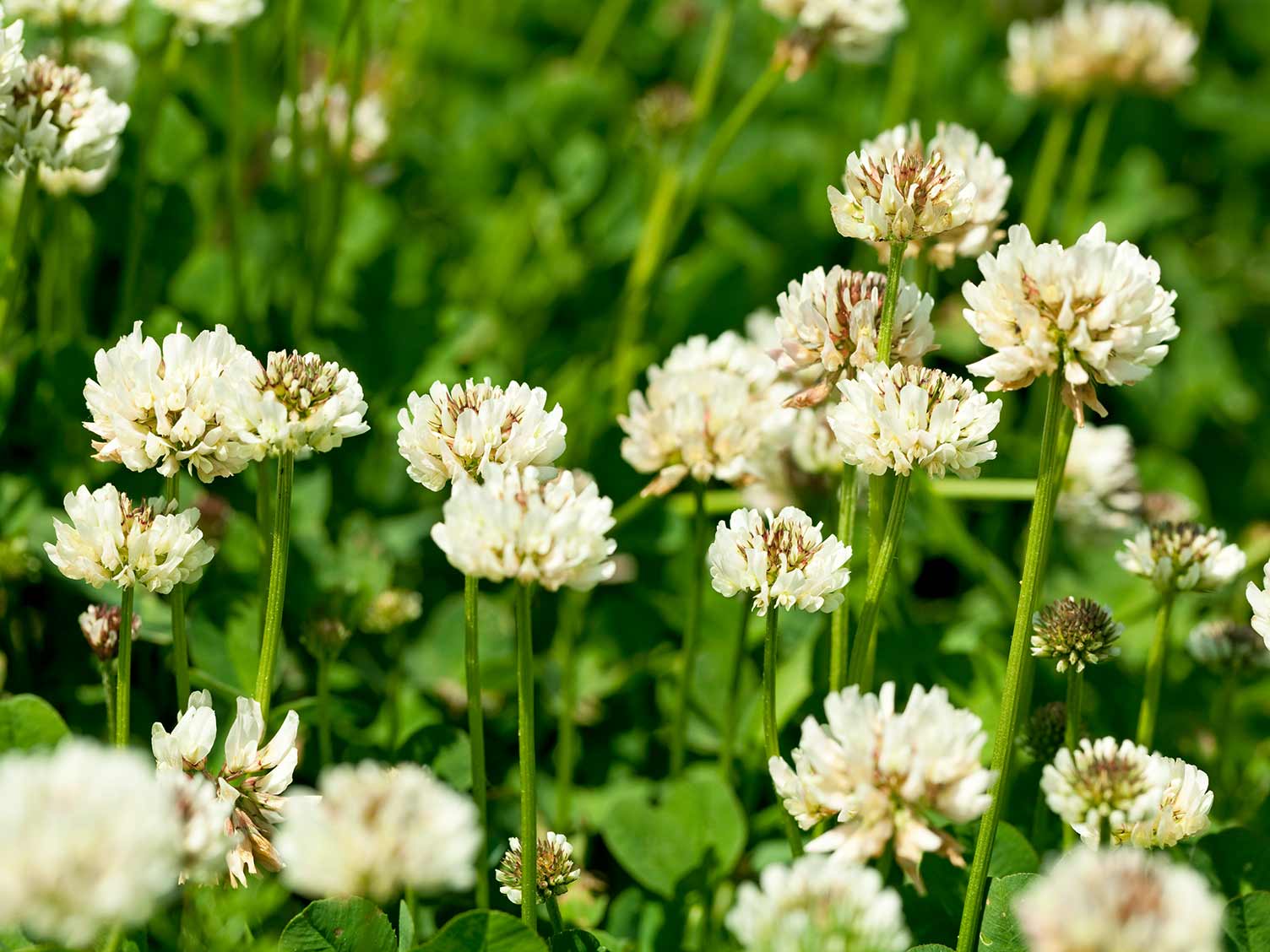

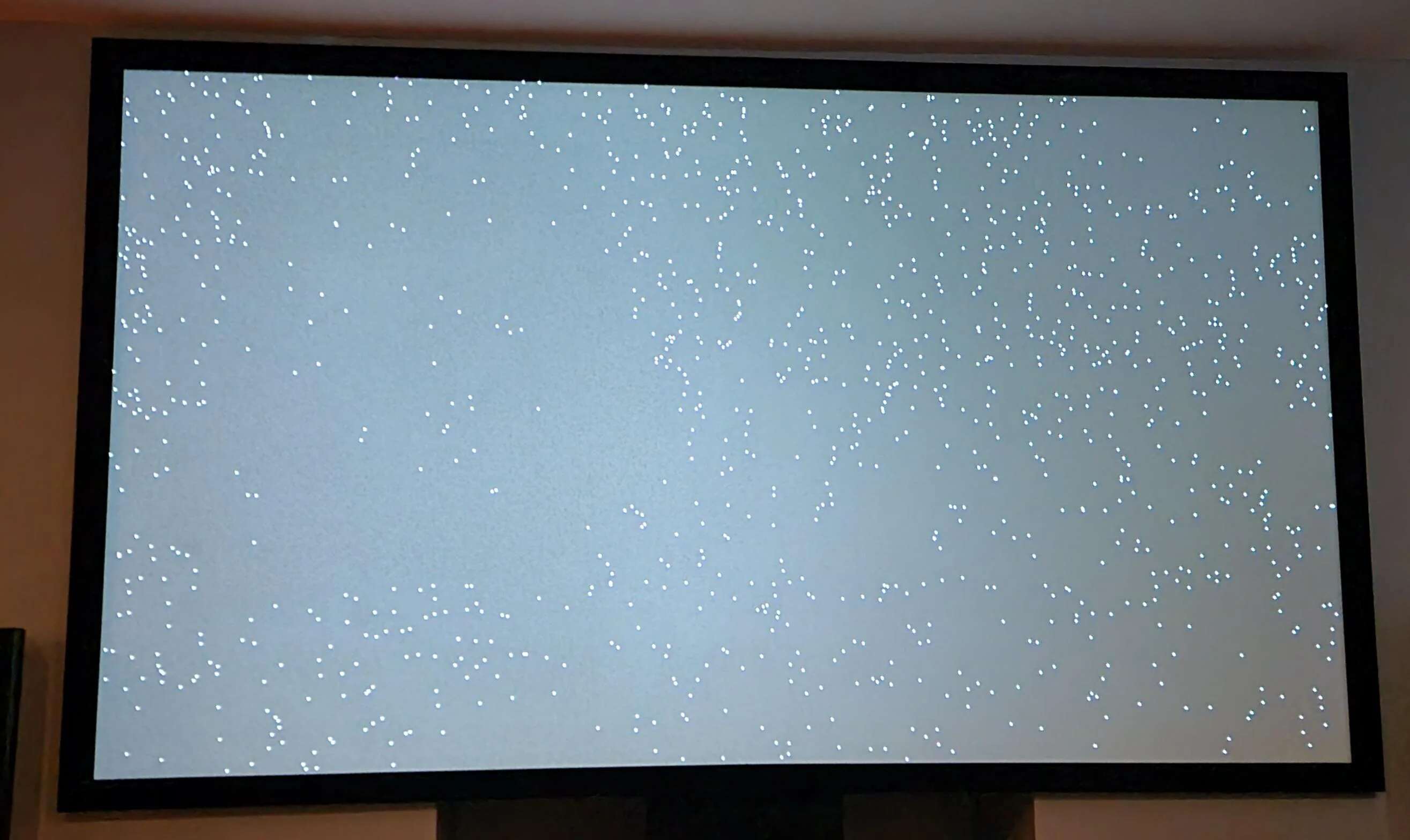
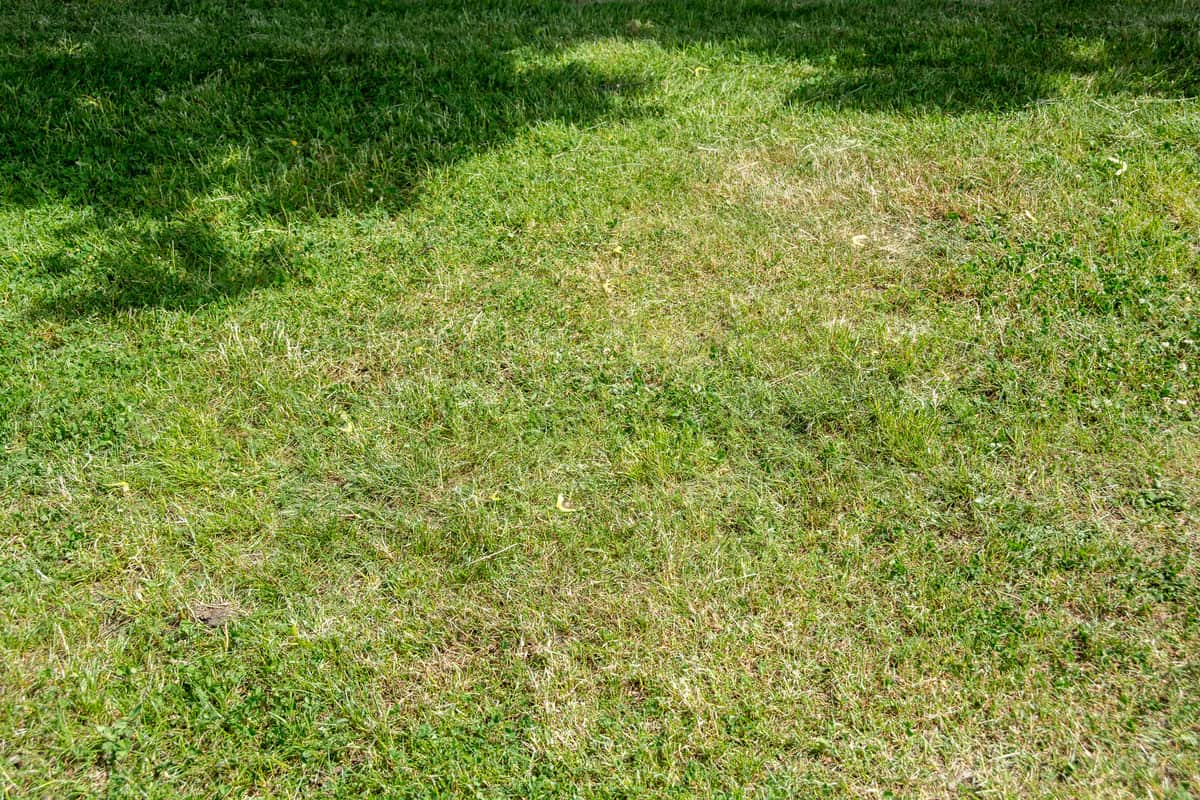
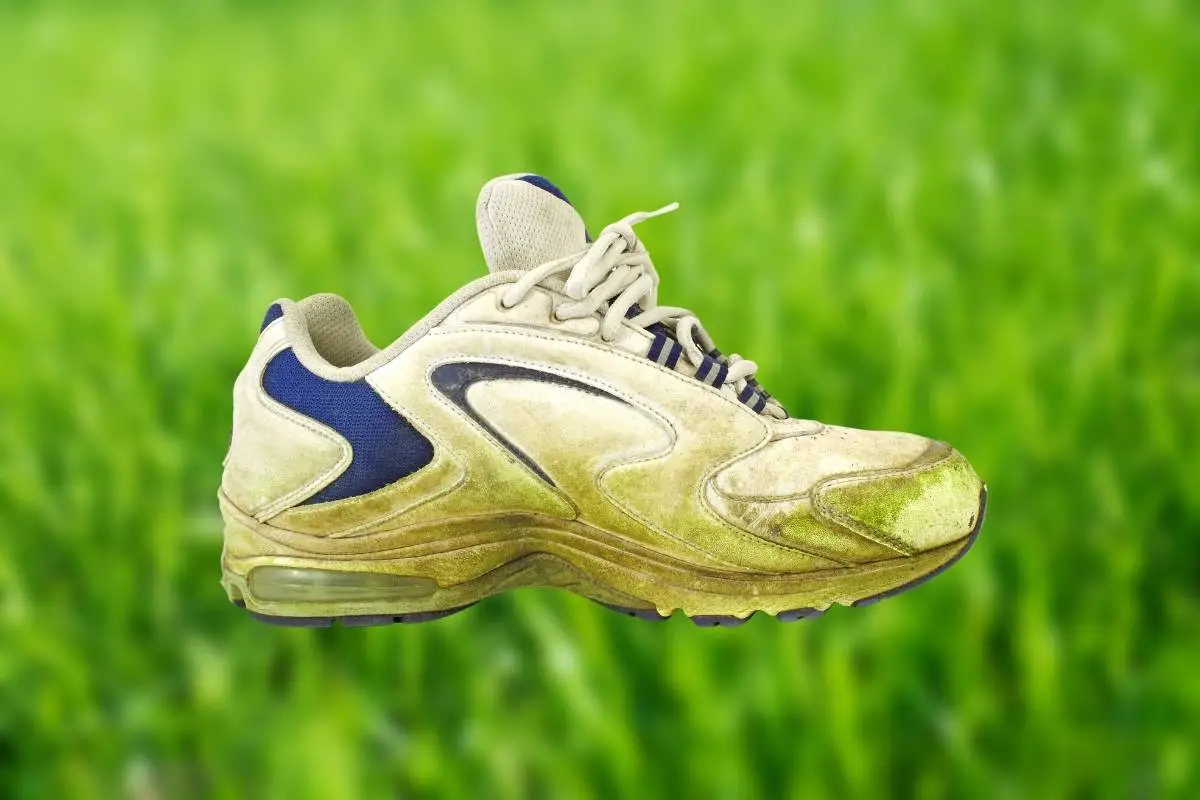
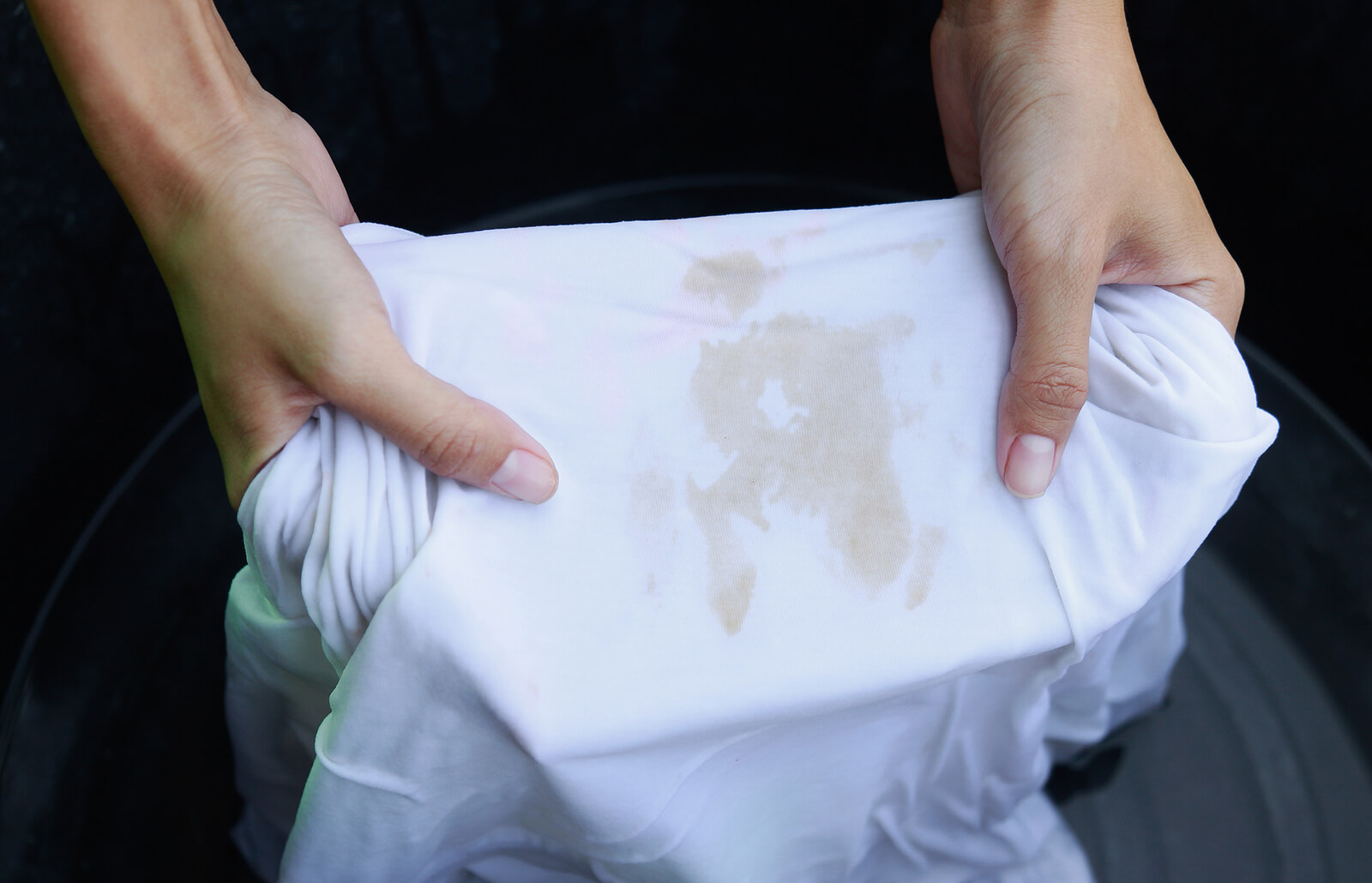
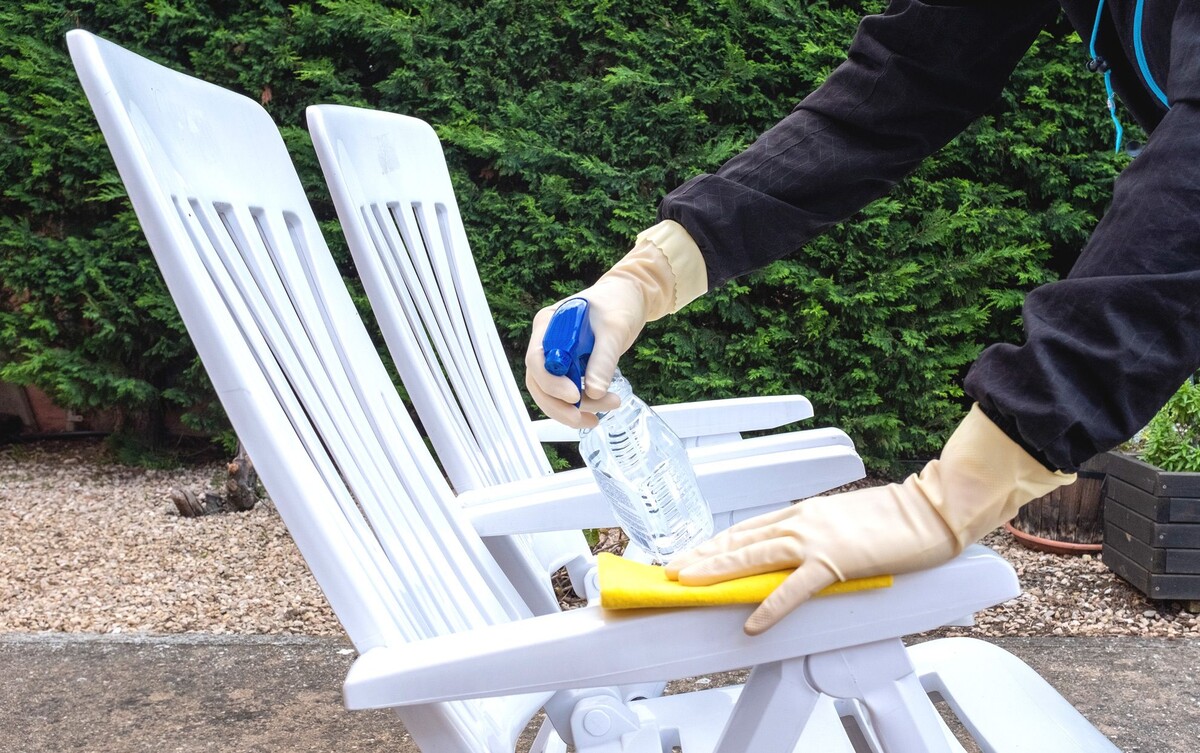
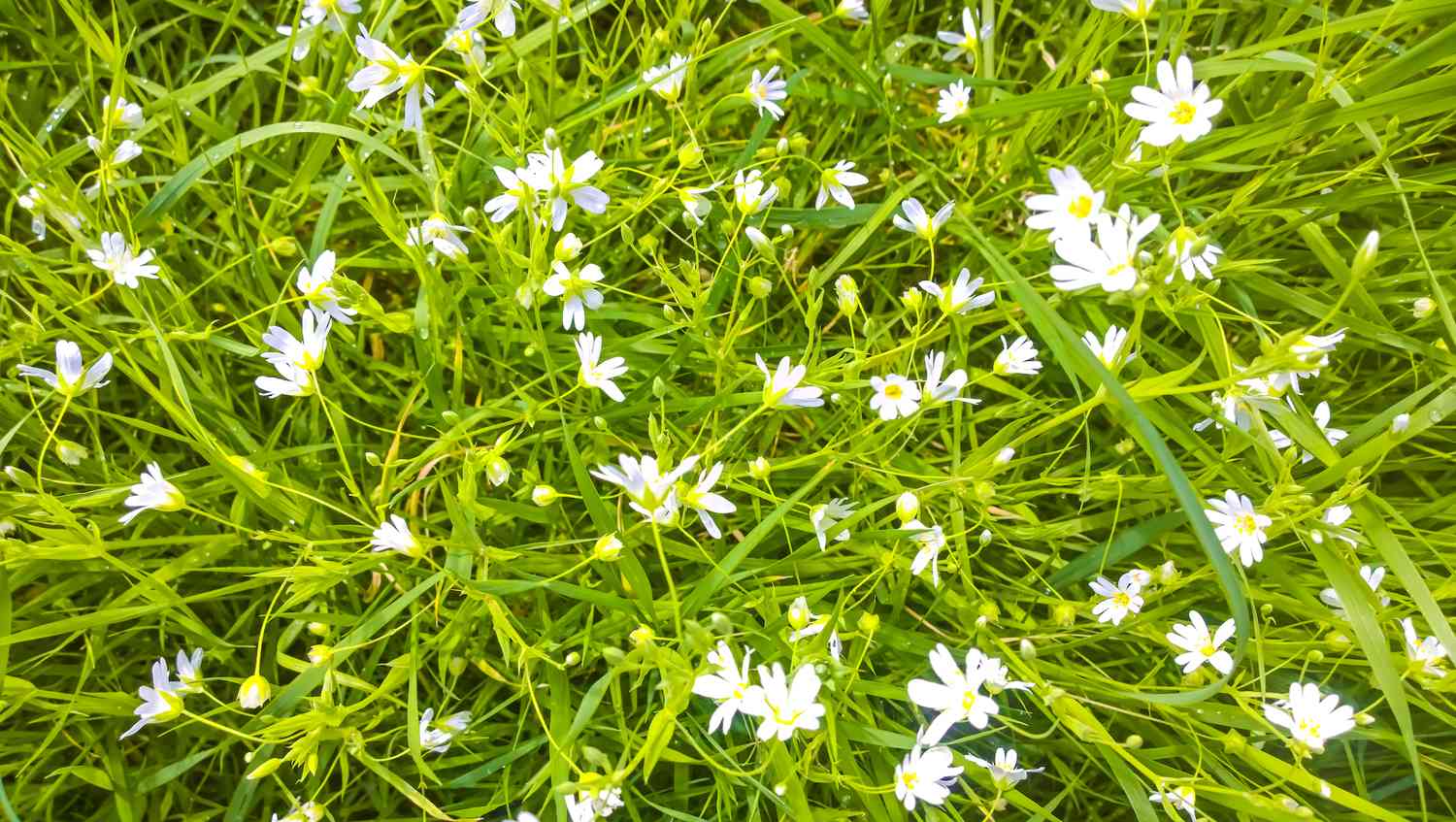
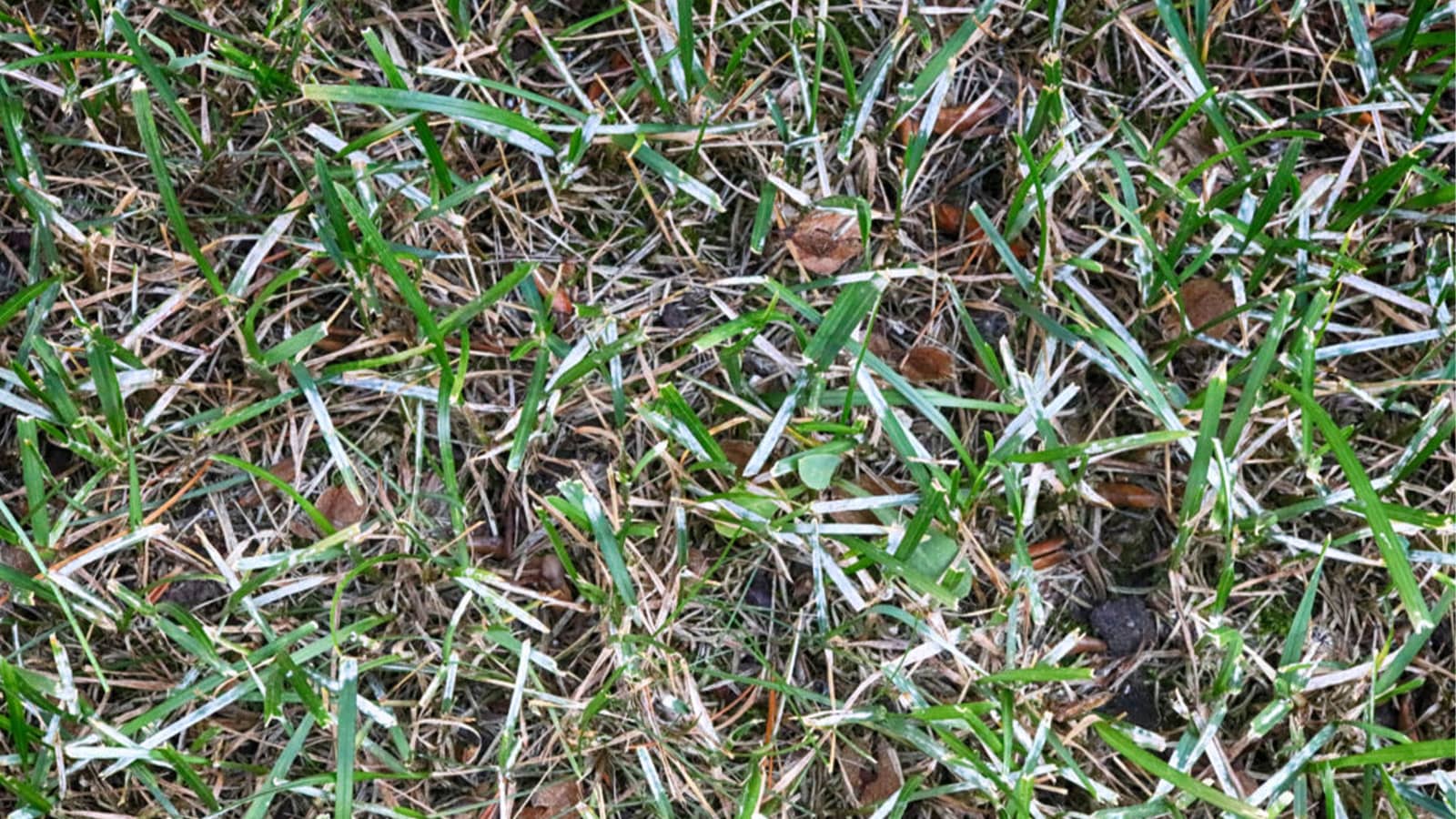
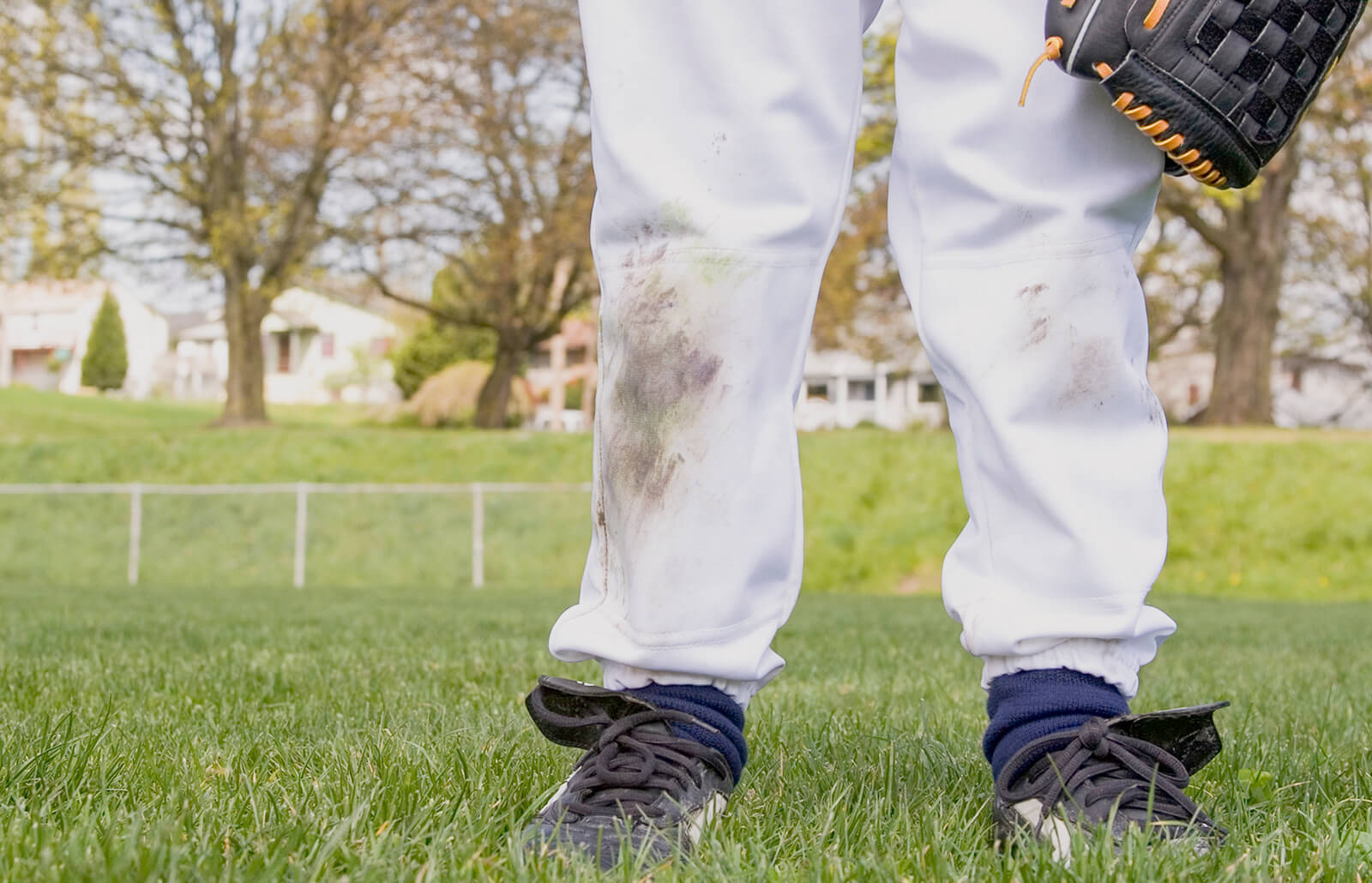
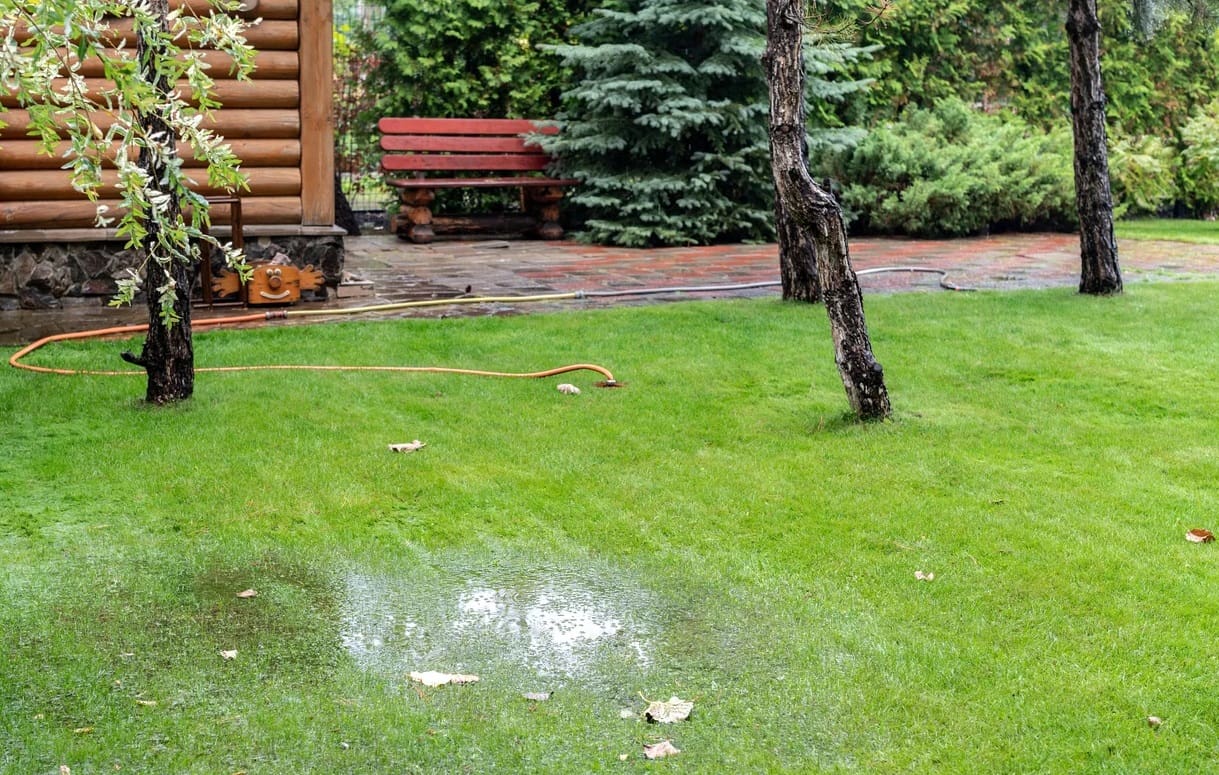
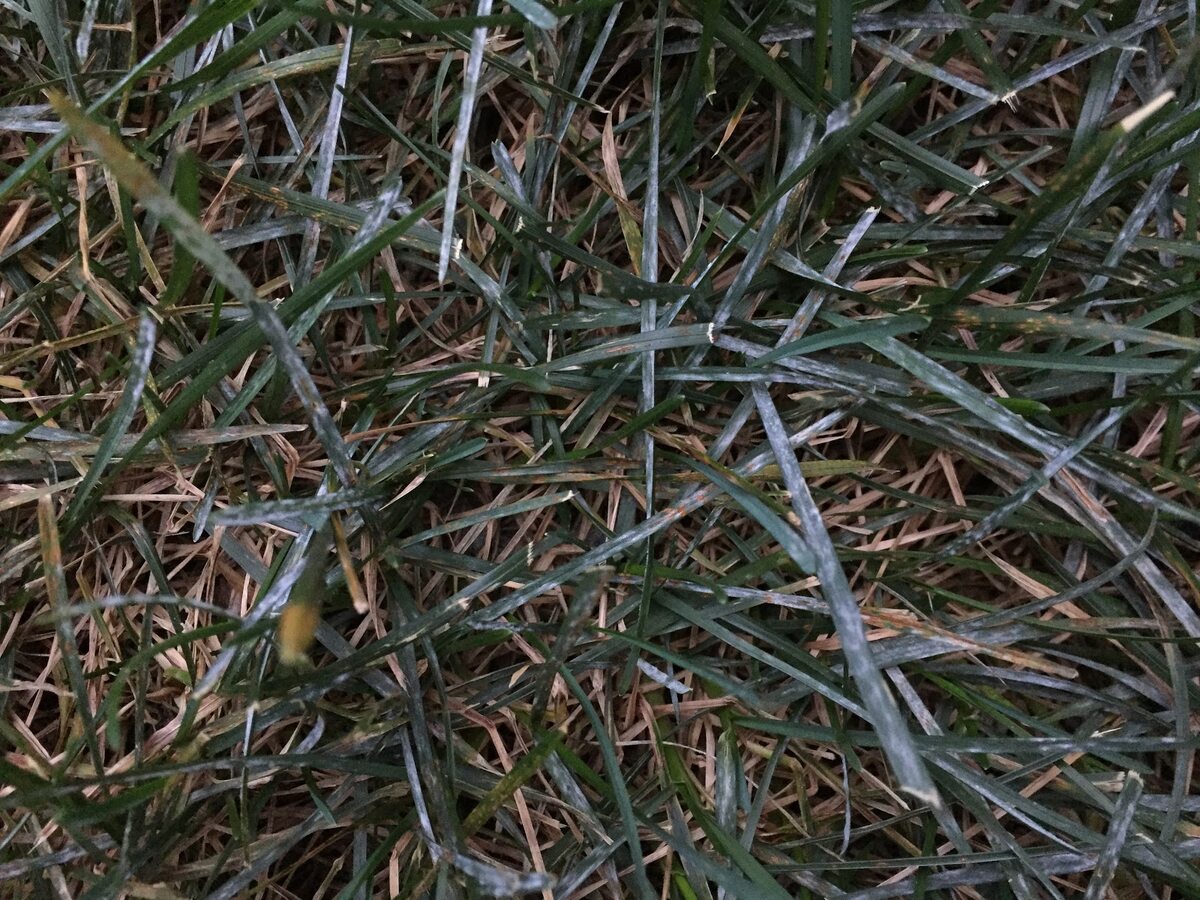
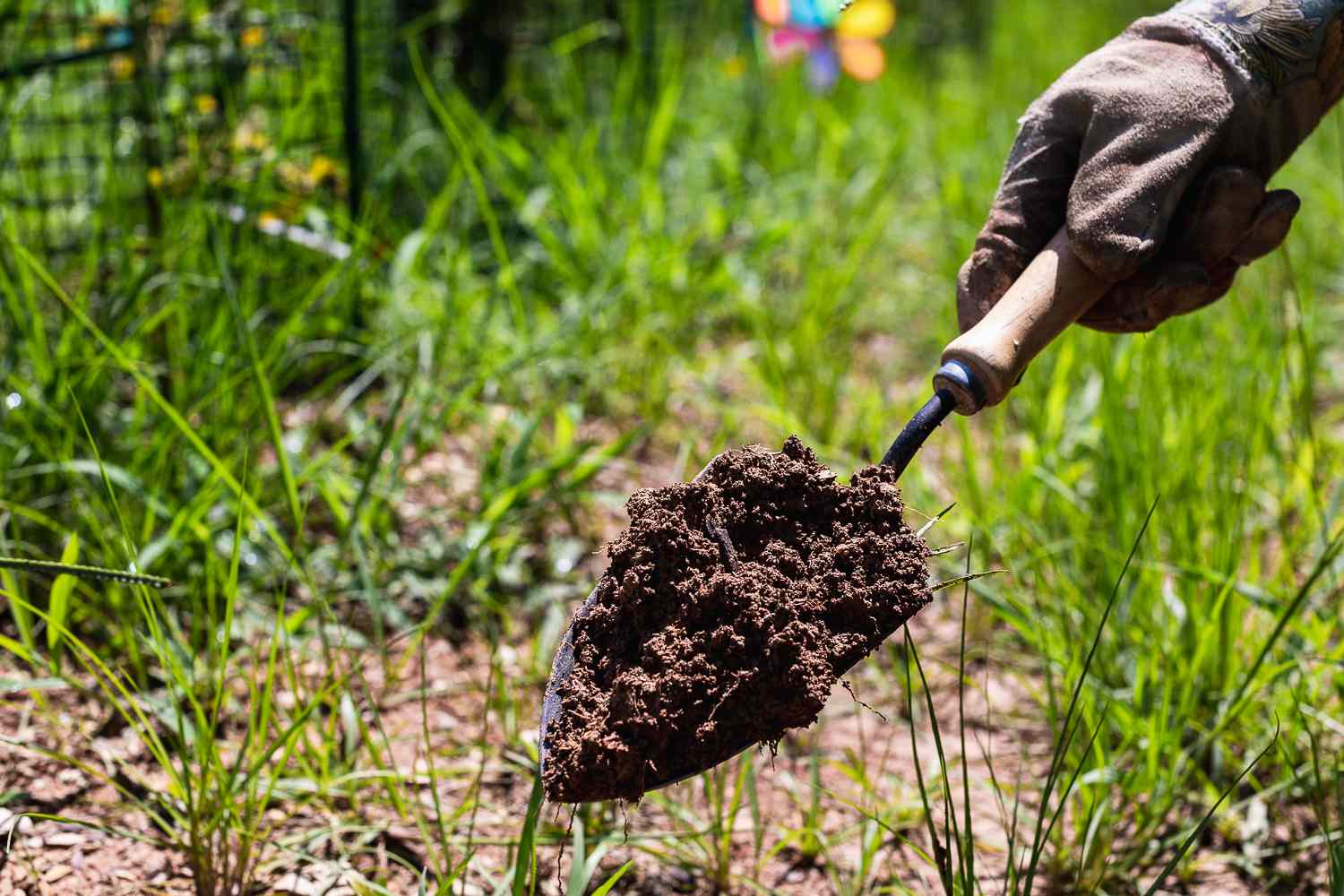
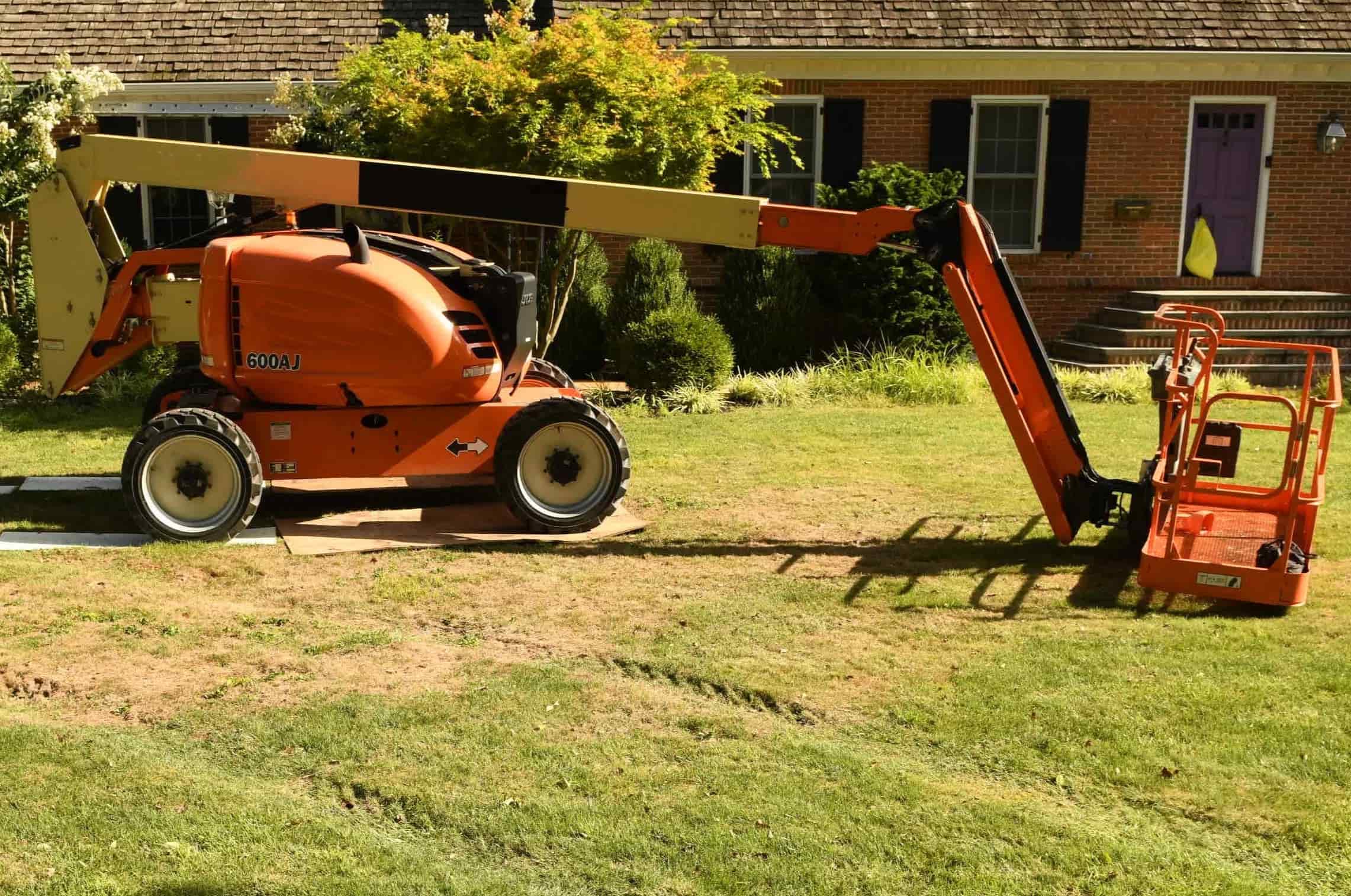
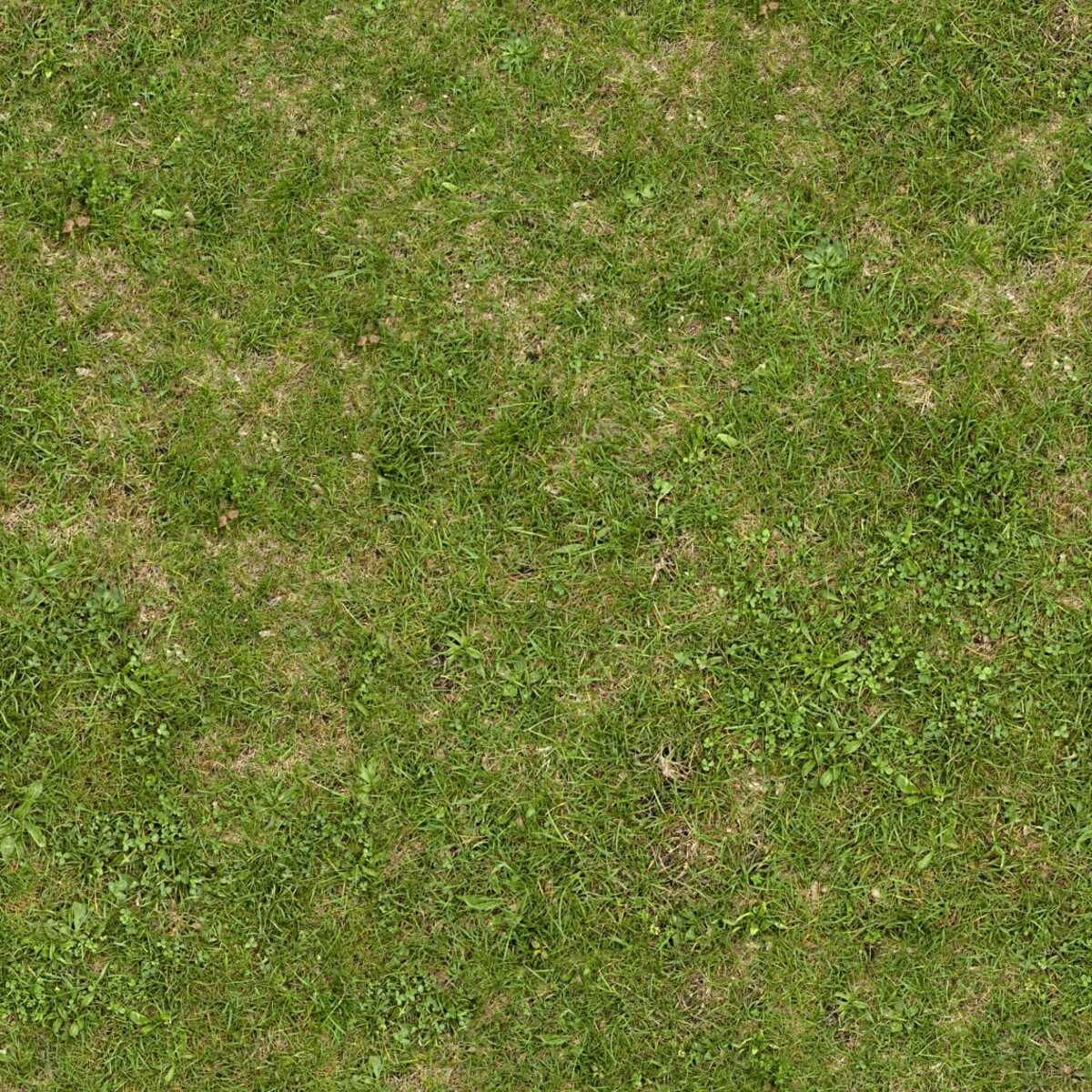

0 thoughts on “How To Fix White Grass”